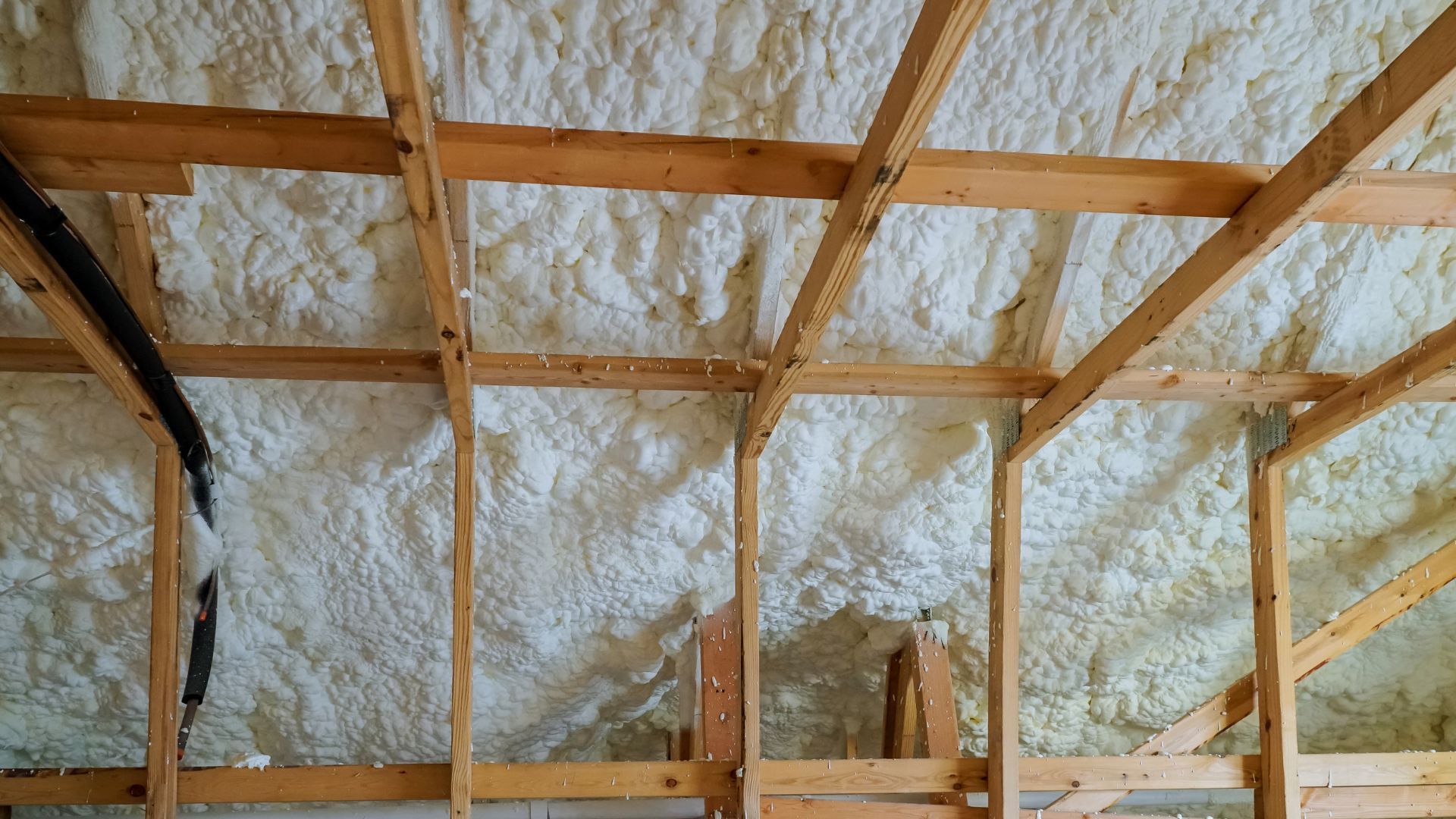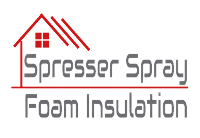Renovating Older Spresser Homes with Spray Foam Insulation
Sep 22, 2023
Here Are Tricks From the Expert’s Sleeves

Renovating an older home in Spresser can be an exciting and rewarding project. It allows you to preserve the charm and character of the past while updating the property for modern living. One essential aspect of renovating older Spresser homes is insulation, and spray foam insulation is a fantastic choice for achieving energy efficiency and comfort. In this comprehensive guide, we'll explore the tips and tricks you need to know for successfully renovating older Spresser homes with spray foam insulation.
Assessing Your Older Home's Insulation Needs
Conduct a Home Energy Audit. Before starting any renovation, it's crucial to understand your home's existing insulation. A professional energy audit can pinpoint areas where heat loss occurs, helping you prioritize insulation projects.
Identify Problematic Areas. Look for drafts, cold spots, and areas of poor insulation. Older homes may have inadequate or deteriorating insulation, particularly in attics, crawl spaces, and walls.
Understand Your Climate. Consider Spresser's climate when planning your insulation strategy. Different climates require different insulation approaches to maximize energy efficiency.
The Benefits of Spray Foam Insulation for Older Homes
Older homes possess a unique charm and character that can't be replicated in newer construction. From ornate architectural details to historical significance, these homes are a testament to the past. However, they often come with a downside: poor insulation. Fortunately, spray foam insulation offers a solution that not only preserves the integrity of older homes but also enhances their energy efficiency and comfort. In this article, we'll explore the benefits of spray foam insulation for older homes.
Improved Energy Efficiency. One of the most significant benefits of using spray foam insulation in older homes is its remarkable ability to improve energy efficiency. Many older homes have outdated insulation, if any at all, which results in significant heat loss during the winter and heat gain during the summer. This inefficiency drives up energy bills and can make your home uncomfortable.
Spray foam insulation is a high-performance solution that forms an airtight seal when applied. It expands to fill even the tiniest cracks and gaps, effectively preventing air infiltration. This means that warm air stays inside during the winter, reducing the need for constant heating, and cool air remains inside during the summer, reducing the need for excessive air conditioning. As a result, homeowners can enjoy a more comfortable living space and significant savings on their energy bills.
Air Sealing. Older homes often have numerous air leaks that allow drafts to penetrate, making rooms feel chilly in the winter and hot in the summer. Spray foam insulation excels at sealing these gaps. It acts as both an insulator and an air barrier, effectively blocking the movement of air and minimizing drafts. This air-sealing property not only enhances comfort but also contributes to better indoor air quality by keeping out pollutants and allergens.
Moisture Control. Moisture issues can plague older homes, potentially leading to structural damage and mold growth. Spray foam insulation helps address these concerns. It is resistant to moisture and can create a barrier that prevents water intrusion. This moisture control can be particularly valuable in basements and crawl spaces, where moisture-related problems are common in older homes.
Longevity. Spray foam insulation is known for its durability. Once applied, it can last for the lifetime of the home without degrading or settling. This longevity means that homeowners won't have to worry about reinsulating their homes in the future, saving both time and money in the long run.
Preservation of Historical Features. Many older homes boast unique architectural features and historical significance that owners want to preserve. Traditional insulation methods, such as fiberglass batts, can be challenging to install without compromising these features. Spray foam insulation, however, is highly versatile. It can be applied in a way that complements the existing structure and aesthetics, allowing homeowners to insulate their homes without altering their historical charm.
Increased Resale Value. Investing in spray foam insulation for your older home can pay off in the long term. Energy-efficient features are increasingly attractive to homebuyers, and an energy-efficient home can command a higher resale price. Additionally, having updated insulation can make your home more marketable and appealing to potential buyers, giving you a competitive edge in the real estate market.
Spray foam insulation offers a range of benefits for older homes. From improved energy efficiency and air sealing to moisture control and preservation of historical features, it's a smart choice for homeowners looking to enhance the comfort, durability, and value of their cherished older properties. If you're considering renovating or upgrading your older home, consult with a professional insulation contractor to explore how spray foam insulation can best meet your needs and help you enjoy all these advantages.
Sealing Air Leaks. Spray foam insulation is excellent at sealing cracks, gaps, and air leaks, making it ideal for older homes with many hidden air infiltration points.
Enhancing Energy Efficiency. Learn how spray foam insulation can significantly reduce energy bills by preventing heat transfer, thus improving your home's energy efficiency.
Preparing for Spray Foam Insulation. Clearing the Work Area. Proper preparation is essential. Clear the renovation area of debris, furniture, and personal items to ensure a clean and safe workspace.
Consulting a Professional. While DIY is an option for some, consulting a professional insulation contractor is often the best choice to ensure proper installation and safety.
Budget Considerations. Explore the cost of spray foam insulation and its long-term benefits. A well-insulated home can lead to significant savings on energy bills over time.
Applying Spray Foam Insulation
Insulating Attics and Crawl Spaces. Detailed instructions on how to properly insulate these critical areas to prevent heat loss and drafts.
Wall Insulation Techniques. Discover methods for insulating walls without compromising your home's historical aesthetics.
Post-Insulation Considerations
Checking for Air Leaks. Conduct a post-installation inspection to ensure all air leaks have been effectively sealed.
Ventilation and Air Quality. Understand the importance of maintaining proper ventilation and indoor air quality after insulation.
Monitoring Energy Savings. Keep track of your energy bills to measure the impact of your spray foam insulation project.
Preserving Historical Features
Choosing Compatible Materials Explore how to select insulation materials that complement the historical features of your Spresser home.
Restoring and Enhancing. Tips on how to restore and enhance the charm of your older home while making it more energy-efficient.
Renovating older Spresser homes with spray foam insulation is a wise investment that combines energy efficiency with preserving historical charm. By assessing your home's needs, understanding the benefits of spray foam insulation, and following the tips and tricks outlined in this guide, you can transform your older home into a comfortable, efficient, and beautiful living space that stands the test of time.
SPEAK TO A TEAM MEMBER TODAY

© 2024
All Rights Reserved | Spresser Spray Foam Insulation
Website Managed by
Leads By Vinny